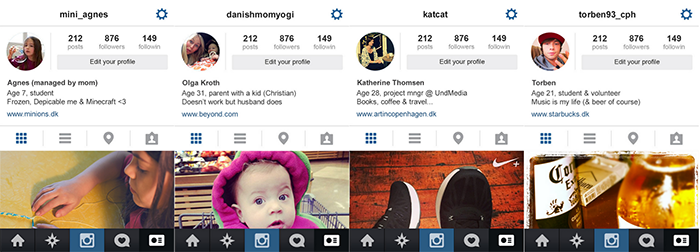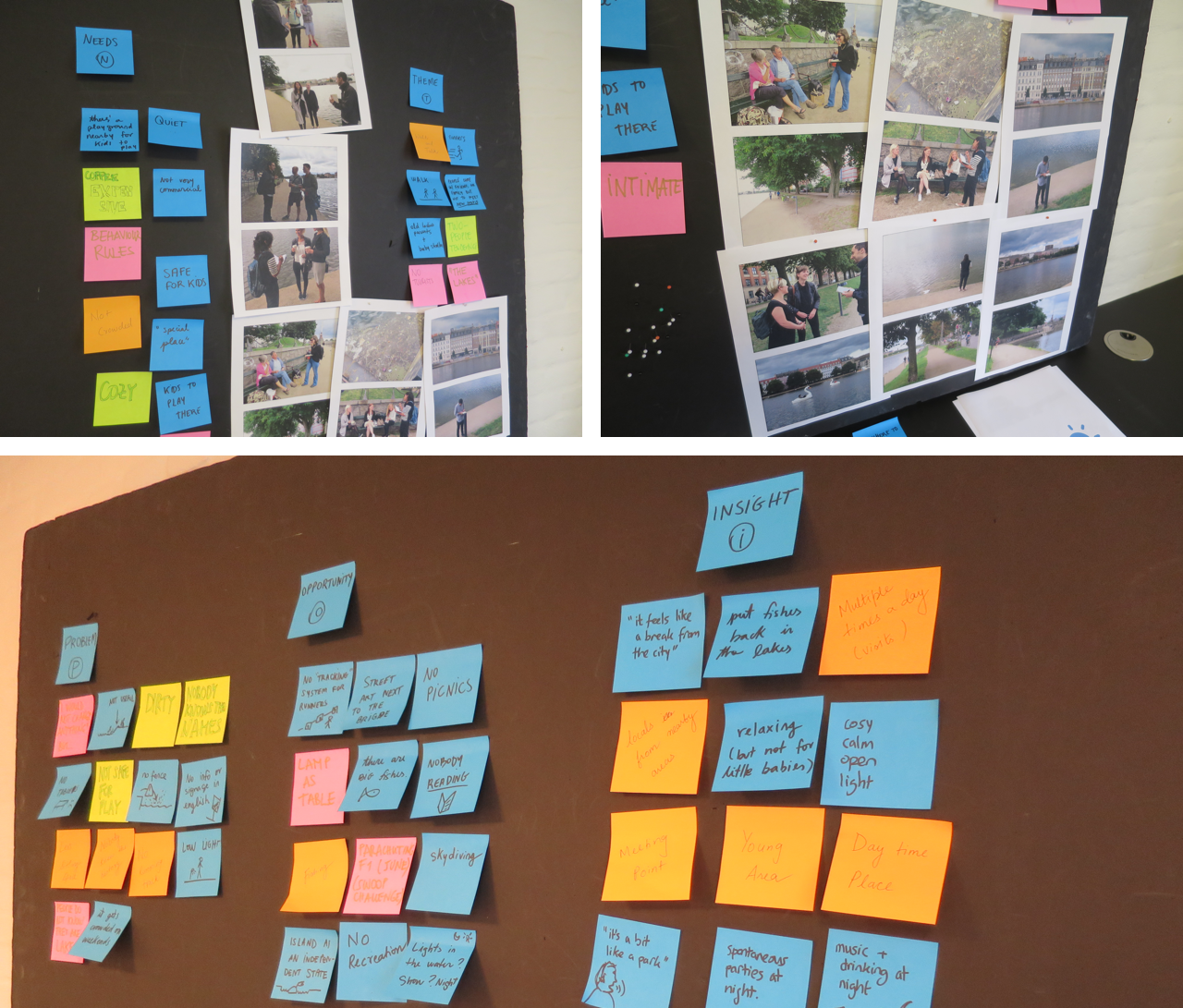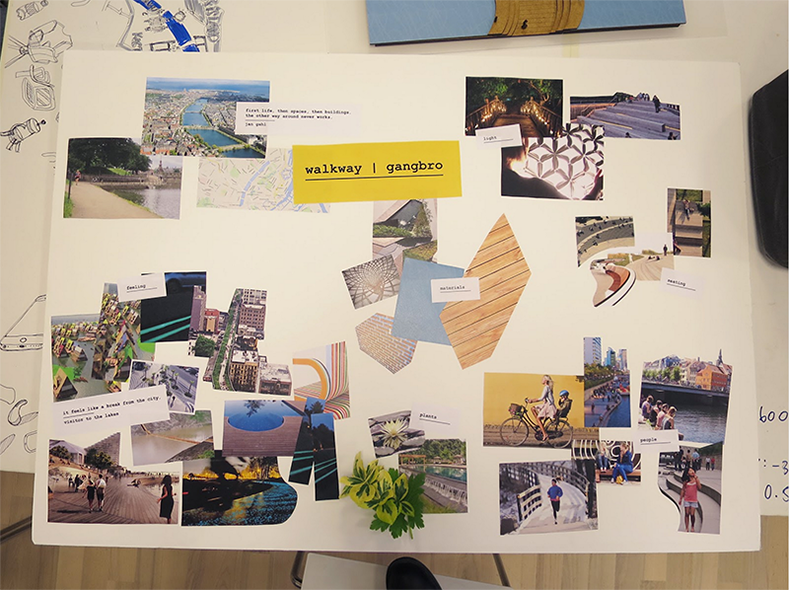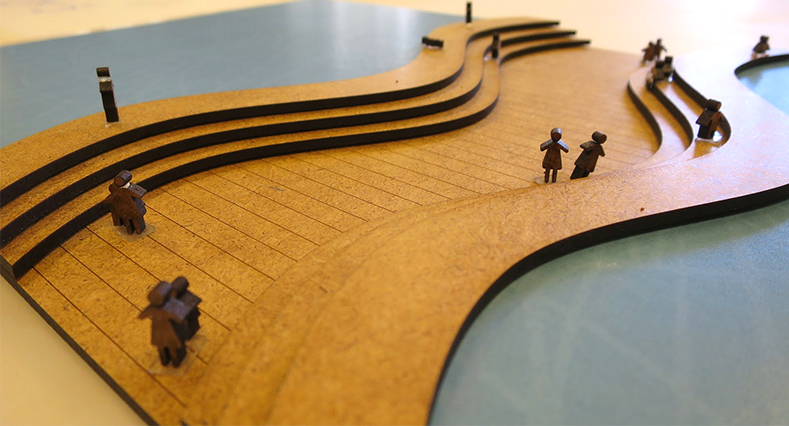In 2015, I spent my summer in the design hub the world, Copenhagen, where I did a hands-on course about Service Design at the Copenhagen Institute of Interaction Design. The problem was to identify a landmark in the city and design an experience that would reinvent it and find a workable design process for a wider use case while doing so. As a group, we decided to focus The Lakes, a famous but very local attraction in the city.
Process: After identifying the location, we started interviewing visitors to understand their needs for a possible new attraction at the place. Then we mapped out their personas and their needs.



After the analysis, we came up with 3 "How might we" to tackle the problem:
1. give more personality to the Lakes to prompt conversations without disrupting the quiet and calm nature of the place?
2. encourage young people to use the area of the Lakes at night by differentiating it from the bunkers and bridges without noise disturbing neighbors?
3. make the experience of the Lakes more fun for kids by using the existing area (water and paths) without spoiling the experience for existing users?
From this, we started coming up with as many ideas as possible and at the end of the brainstorming session we all felt the need of presence for something that would induce conversation between the people at the lake and at the same time people could have a bit of privacy. We also identified that the lakes themselves we not used except for boat ride.


Result: So what if the lakes could be connected from between and people could have pods to sit and relax in the lakes and take a walk. We settled on a walkway. Which led us to this:



We went around the city to get feedback and see response of the people around. It ranged from “Danish people want to relax, I see the pods in wood or something that gives the feeling of sailing” to ”Guys, you’re gonna destroy the lakes, I wouldn’t like it”. What we gathered from the feedback session was SIMPLICITY IS THE KEY which was also our a-ha moment.The importance of use of natural and locally procured material to make people feel at home. We also figured that we need to connect people instead of separating them by introducing private places like pods. So from pods we moved to steps. We wanted people look outward not inward into the lakes. We removed features and made it simple and multifunctional.
We simplified the shape of the walkway and made it more flowing. It still connected the two sides of the lakes. We made a step like architecture were people could sit and connect. We kept it close to the water instead of elevating it. As a result, our project got the best ratings among the teachers and teams and chosen as the best solution for the workshop.
Learnings
1. Design thinking is process which starts with real people with real problem not the manufactured one in our brains.
2. While you are working with a team where each and every member has gone through the entire process you share a common language and develops trust amongst the team members.
3. It encourages innovation by finding multiple ways of solving a problem.
Special thanks to Shruti, Basil and Claudia